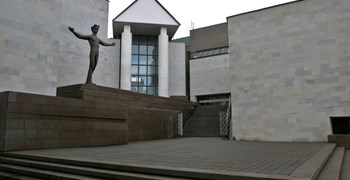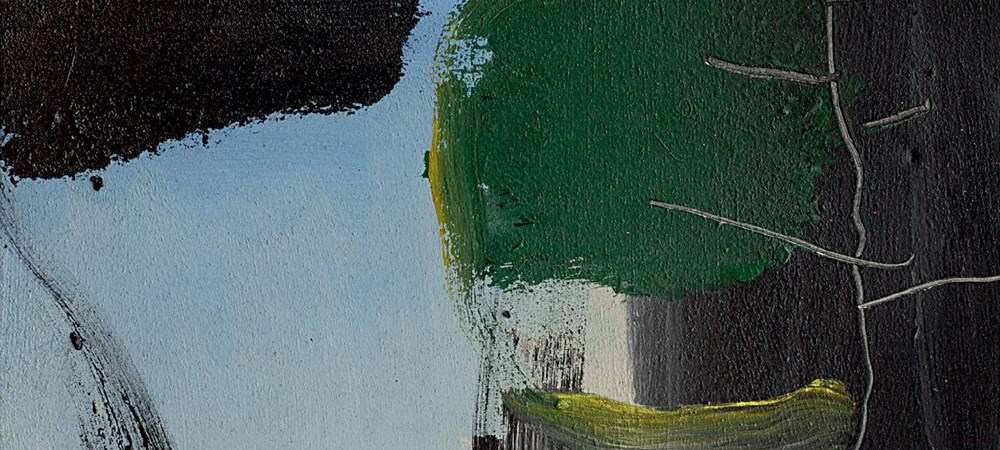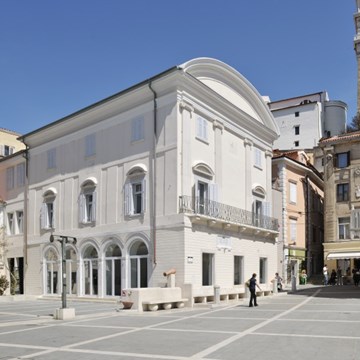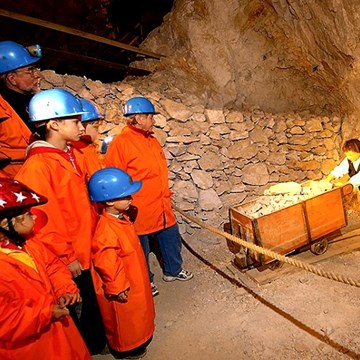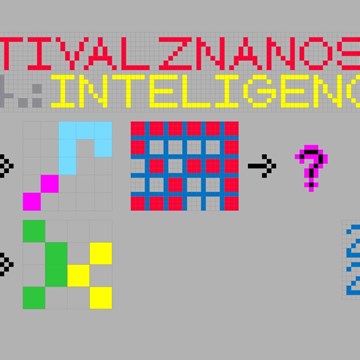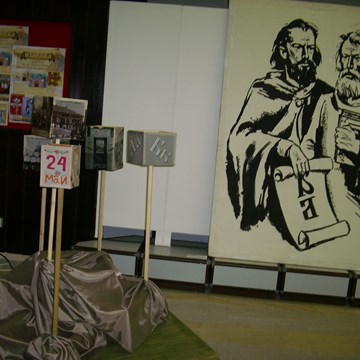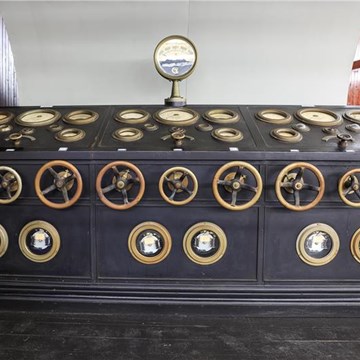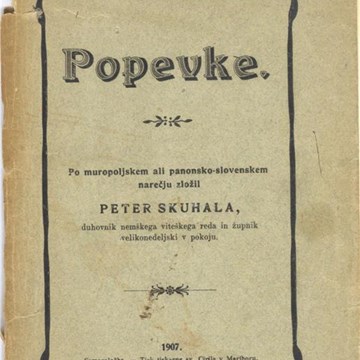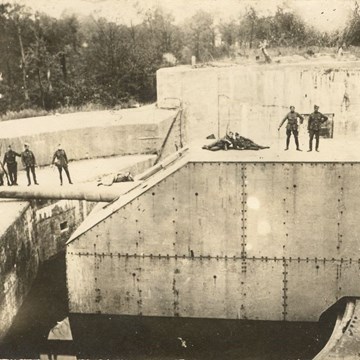Exhibition "Pranas Gailius’ (1928–2015) Life Scenes"
The name of Pranas Gailius (Pranas Gailius, coll. Prӓnas) entered the world of art as far back as 1955. The artist’s first personal exhibition in Paris, Galerie du Haut Pavé, was met with favourable press reviews and TV reports that had paved the way to recognition. Since then followed the exhibitions in Berlin, Munich, Stuttgart, Tokyo, Geneva, Luxemburg, Chicago, and Gothenburg.
Pranas Gailius is one of the most world famous Lithuanian artists. However, in his homeland, his creation has been discovered quite late. Osvaldas Daugelis, director of the M. K. Čiurlionis National Museum of Art, met the artist in Paris shortly after the year 2000 when he had already become famous as an artist of many churches in Paris. By order of Cardinal and Archbishop of Paris, Jean-Marie Lustiger, Gailius decorated churches of St. Sulpicius, St. Roch, Saint-Germain-des-Prés with paintings, texts and religious symbols.
In 2004, his first exhibition in Lithuania took place at the M. K. Čiurlionis National Museum of Art. Alongside were shown the author's books First Lithuanian Suite and The Sea, created after Oscar Milosz. A year later, the retrospective exhibition was held at the Radvila Palace of the Lithuanian Art Museum, and later – at the Mažeikiai Museum in the artist's native town. There Gailius was present at the opening of his exhibition, and that was his first return to Lithuania after the emigration more than sixty years ago. Since 2008, the exhibitions of Pranas have been organized in Lithuania every year. The artist was a regular participant at the art displays of the world and French Lithuanians.
It was in Paris that Pranas Gailius formed himself as an artist, although the Lithuanian childhood memories as well as folk art peculiarities had always been the source of inspiration, which added a great deal of originality to his works. The artist had a unique ability to interest the viewer, the interlocutor, though he never tried to create long-lasting works.
The artist had a personal vision of how his works ought to be exhibited. He was strictly opposed to putting the work of art in a passport and appreciated the free flutter of the work. The artist gave preference to painting on paper, and there are only quite a few works on canvas. The artist named his works sensitive surfaces, since all of them bear sensitively emotional states. However, one state remained permanent, i.e., the works by Gailius are balancing between imprisonment, squeezing and liberation. The artist had emphasized this unsettled need for freedom throughout the whole creative process. He never painted on an easel, instead, he preferred standing barefooted in front of a sheet of paper put on the table. His energy, vitality, charisma attracted the attention of his fans, thus compensating the most complex moments of his biography.
Gailius left Lithuania at fifteen. In 1943 he was taken to dig trenches to soldiers in Liepaja, after that he was exiled to Germany. Having spent a year in several camps, he settled in Strasbourg in 1944. His decision to become a student of Fernand Léger has come true thanks to the patronizing priest Krivickas. In 1950 he arrived in Paris and soon began to study under the renowned modernist. Since 1955, after graduating his painting studies at Léger studio, and encouraged by Vytautas Kasiulis, Gailius took up the course of graphic art at the Ecole Nationale Supérieure des Beaux Arts.
Among a great lot of Pranas Gailius works there are four paintings from the cycle Scènes de la vie de Pranas (Pranas' Life Scenes). Indeed, all his works capture scenes from his life. The artist usually created cycles of pictures – those that would reflect his thinking and approach to different processes of life.
For the past two decades, Pranas Gailius was creating between Paris and Provence. He rented a workshop near the town of Sannes, Roque Colombe. In a short distance from the place he could see the St. Victoria Mount (Mont Sainte-Victoire) by Aix-en-Provence. The view of nature that had once inspireda post-impressionist Paul Cézanne had a strong impact on Gailius, as well. It was impossible not to paintin such a place. There, his creation was crowned with the cycle Fly according to the unpublished play Flyby Witold Gombrowicz (1904–1969). Started in 2004 and executed until the end of his life, this cycle seems to have combined all the stages of Gailius' creation – the calligraphy course studied in his youth, and the artist's transition from realism to abstraction. Besides, it includes other states of life – from sufferings to the liberation and joy.
Since 2004, the exhibitions of Gailius’ art have witnessed different creative stages. The presented retrospection discloses all of them. Among the exhibits there are wooden and metal sculptures that have never been shown before. The artist created them from various household implements, broken details, stumps. By joining them into a solid object the painter created certain colourful spots.
After the artist's death, his legacy has become a property of daughter Nathalie Gailius.
Exhibition works: 29 11 2018–03 03 2019
Exhibitions and events
We don't have anything to show you here.
Activities from this museum
We don't have anything to show you here.
